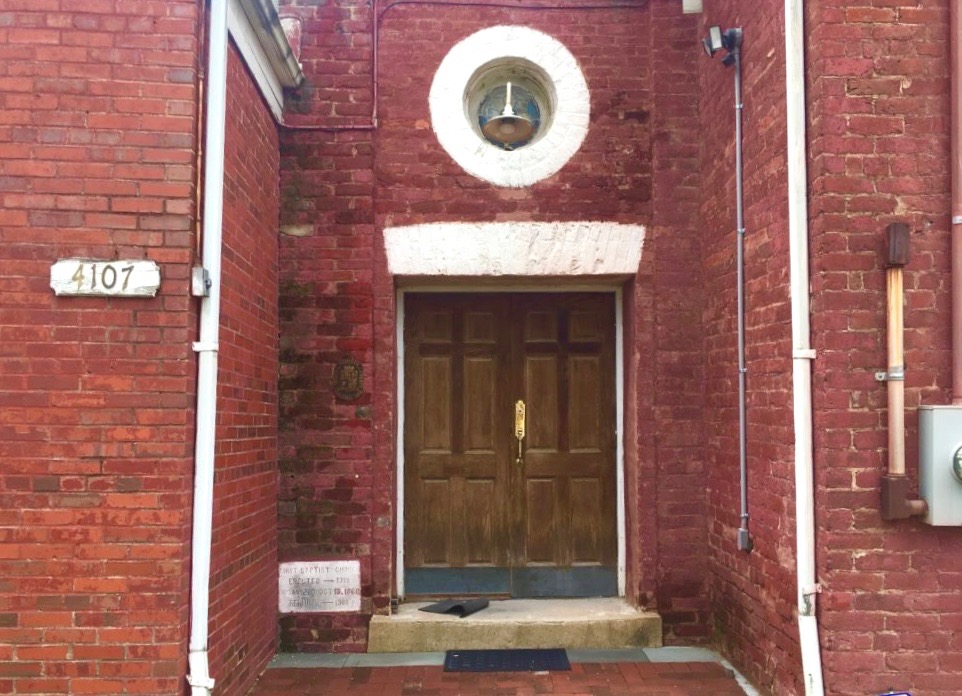
In an industrial park in Bladensburg lies a tiny red brick church at 4107 47th Street with a remarkable history dating back to the end of the Civil War.
Built in 1808, the building started out as a Presbyterian church run by a former chaplain of the U.S. Senate as well as the House, John Brackenridge. It is one of just five buildings in Bladensburg built before the 20th century that survive today.
But its most compelling story begins in 1860, in the wake of John Brown’s deadly raid on Harper’s Ferry.
Since the end of the transatlantic slave trade in 1808, Maryland had become an exporter of American-born enslaved people to southern states, and it was not uncommon for a slaveowner here to threaten to sell an enslaved person who proved independent-minded to the Deep South as punishment.
With Brown’s raid stirring up fears of a widespread slave rebellion, Sarah Miranda Plummer was sold in November of 1860 at the age of 18 to a notorious slave trader for $1,000. She was detained for two months in a slave pen on Duke Street in Alexandria, Va., before being sent to New Orleans.
Plummer, who had been taught to read and write by her father, Adam, a slave at Riversdale, was finally able to send a letter to her family in Maryland the following May.
“I have been very low spirited since I left you all, but I will try to do the best I can,” she wrote. “I hope you won’t forget that I am still alive. I send love to you and all my inquiring friends. Remember me to my brother (Henry), and tell him I hope he hasn’t forgotten to write to me as he promised to do. I am writing with much grief. My heart is full of sorrow, and I can do no better.”
In 1863, living more than a thousand miles from her closest relatives, Plummer decided to marry a man more than twice her age “for protection,” and she gave birth to a son a year later. She later described him as “very worldly and wicked so far as religion was concerned” but added that he was very good to her. But all three were soon affected by a smallpox outbreak, and Plummer was left a widow with a young child, even more vulnerable than before.
Still, Plummer remained stoic, as described by her sister Nellie in the classic autobiography, “Out of the Depths.”
“Any ordinary person would have complained that it was bad enough to be alone, single woman way down in New Orleans, but to be a young widow with a little child to care for, seemed forsaken of the Lord. But not so with Miranda. She used to go out and watch the stars and wonder if mother was looking at the same star. One large bright one in particular she thought was the same one she saw shining over mother’s cabin at (the) Three Sisters (plantation in Lanham).”
Plummer soon converted to the First African Baptist Church in New Orleans and began having dreams influenced by her new faith. In one, she dreamt that her family was in a “gross darkness and that she must tell them to repent” and became convinced that God would send her home eventually to spread the gospel.
In October of 1866, Plummer’s family back in Maryland resolved to find her, scraping together $250 from their savings and borrowing from friends and family. After buying a one-way ticket to New Orleans, Plummer’s mother sewed the money for two return tickets inside the pocket of a dark blue flannel undershirt and sent 22-year-old Henry to find her.
In New Orleans, Plummer had been restless, plagued by troubling dreams of Jesus’ suffering and the feeling that she might die young. She woke up early one Sunday, swept the house clean and stood on the porch looking out at the dawn. There, she saw her brother, walking down the street, in his blue suit and a sailor’s cap.
After the two siblings returned to Bladensburg, Plummer converted her family and friends to her new Baptist faith, eventually founding a church in the family home. By 1874, the congregation, which had become known as St. Paul’s Baptist, had grown large enough to buy the Presbyterian church in Bladensburg, where it stayed until moving to a new location in 1973.
Among the Plummer family, the return of Miranda from New Orleans was marked as a turning point — “that happened after Henry brought Miranda home,” they might say. And it was the date of her return in 1866 which is memorialized in a sign by the front door of the church:
First Baptist Church
Erected — 1718
Organized Oct. 19, 1866
Rebuilt 1908
The church still remains and is presently Kingdom Missionary Baptist Church.












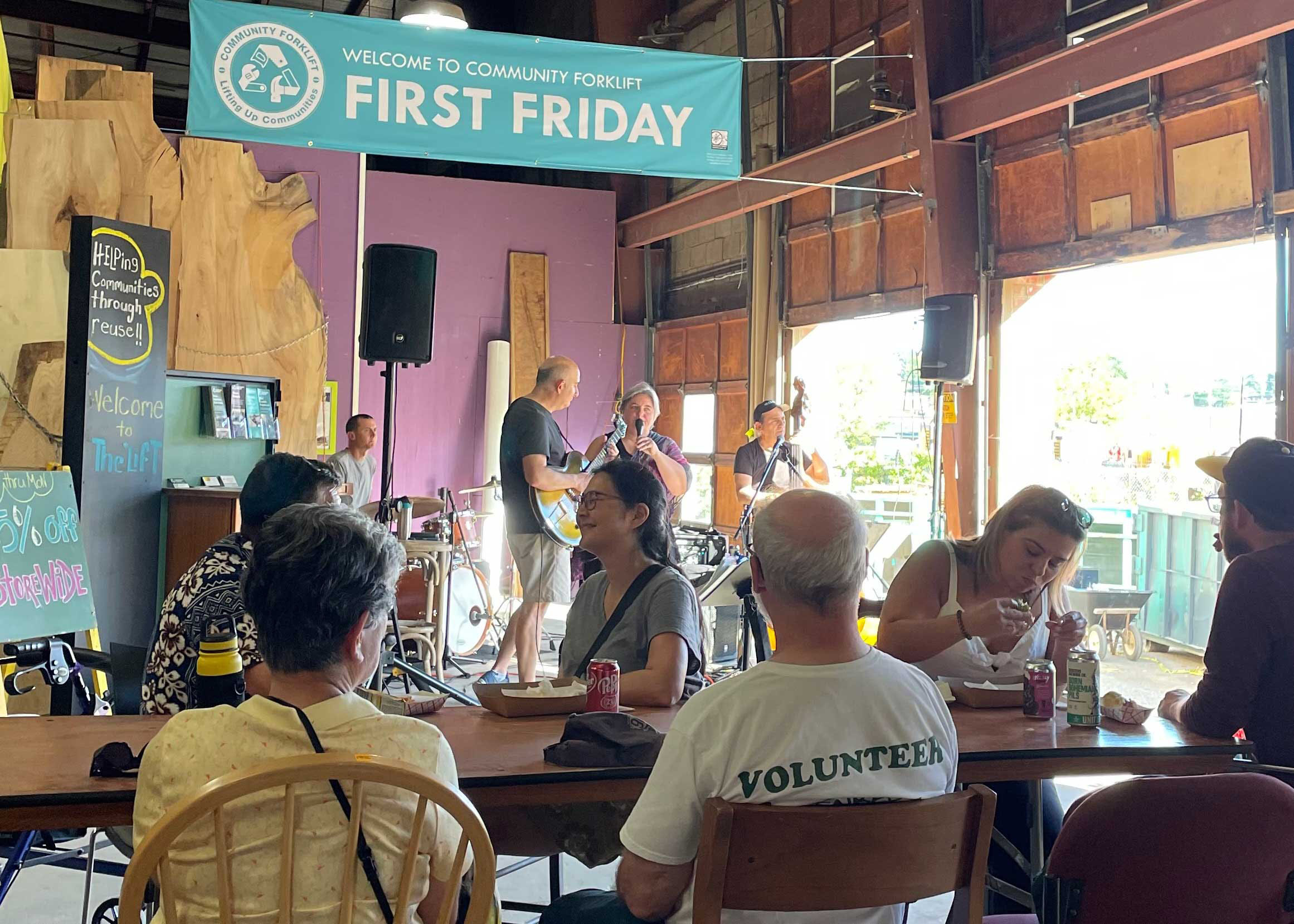
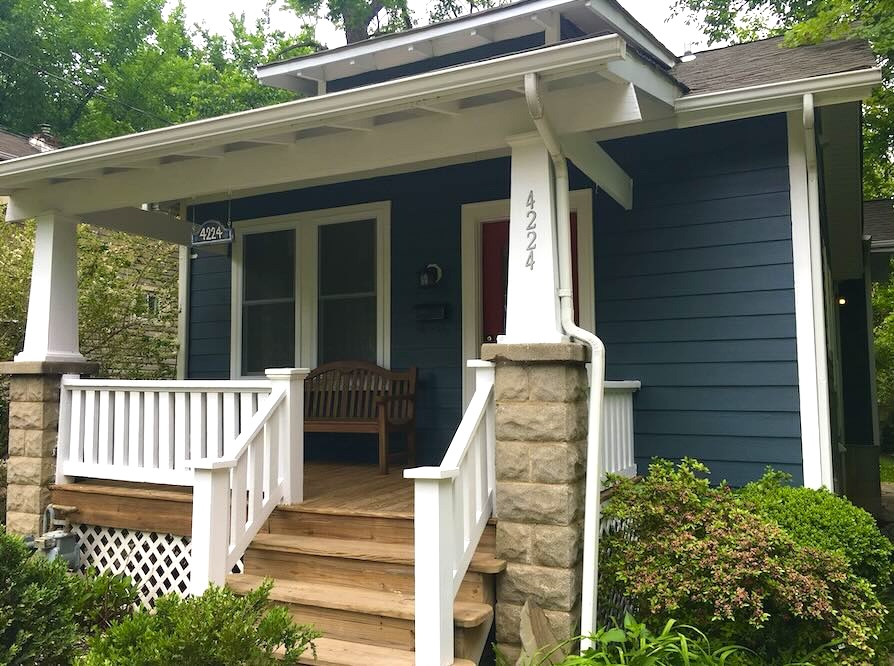

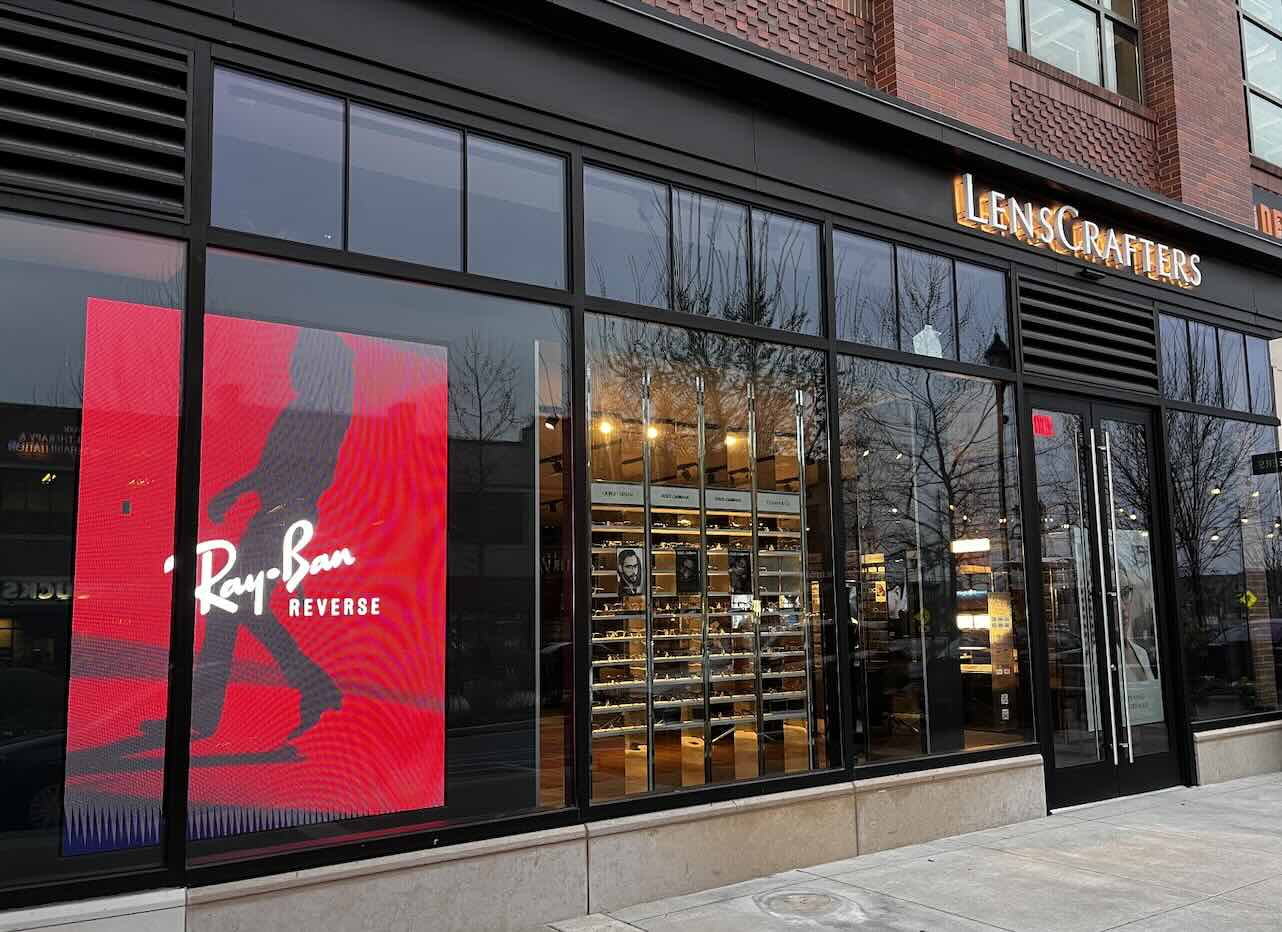


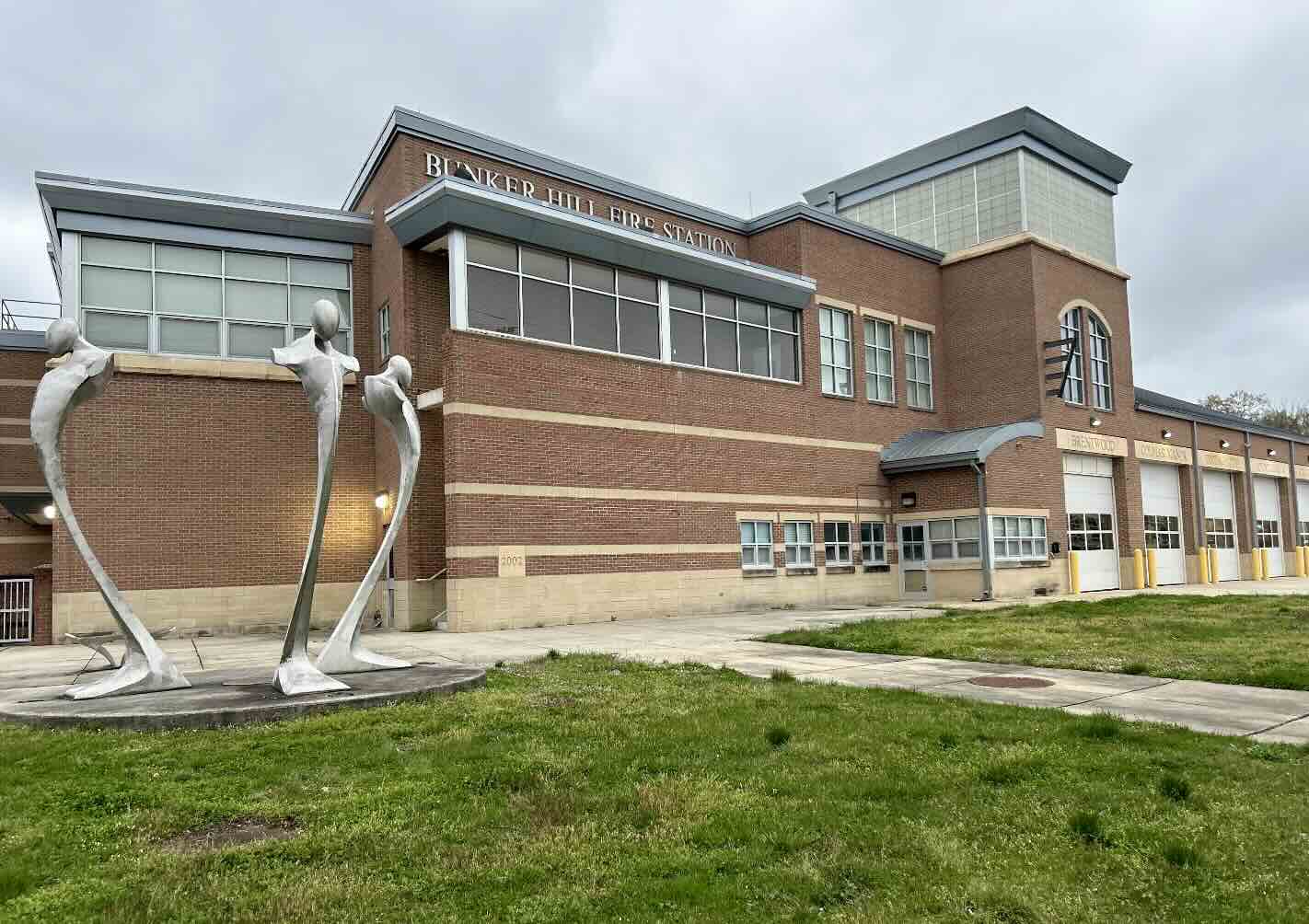
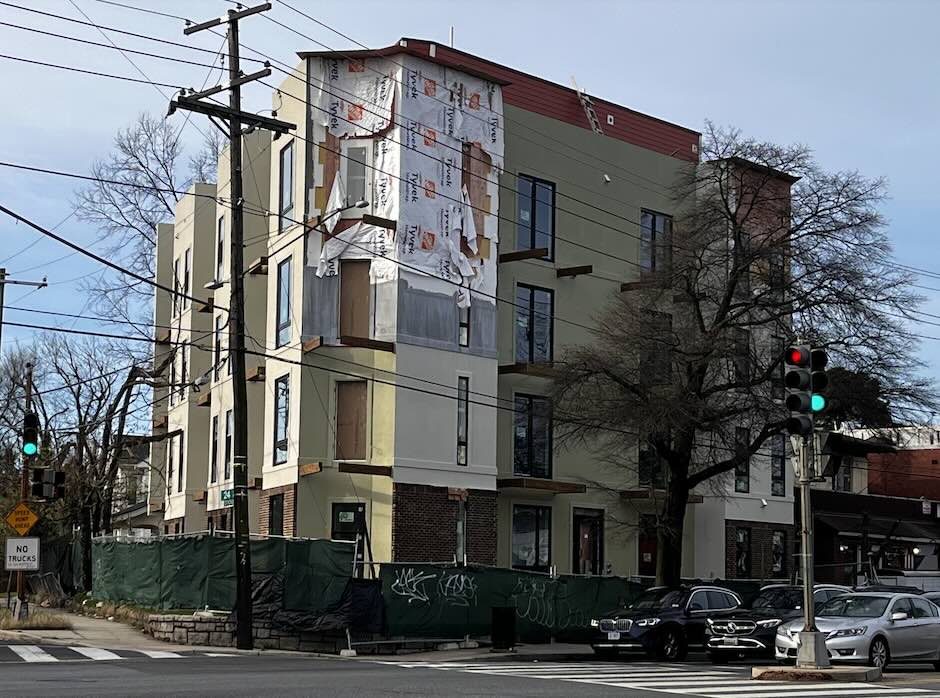



3 Responses to The Remarkable History of a Bladensburg Church